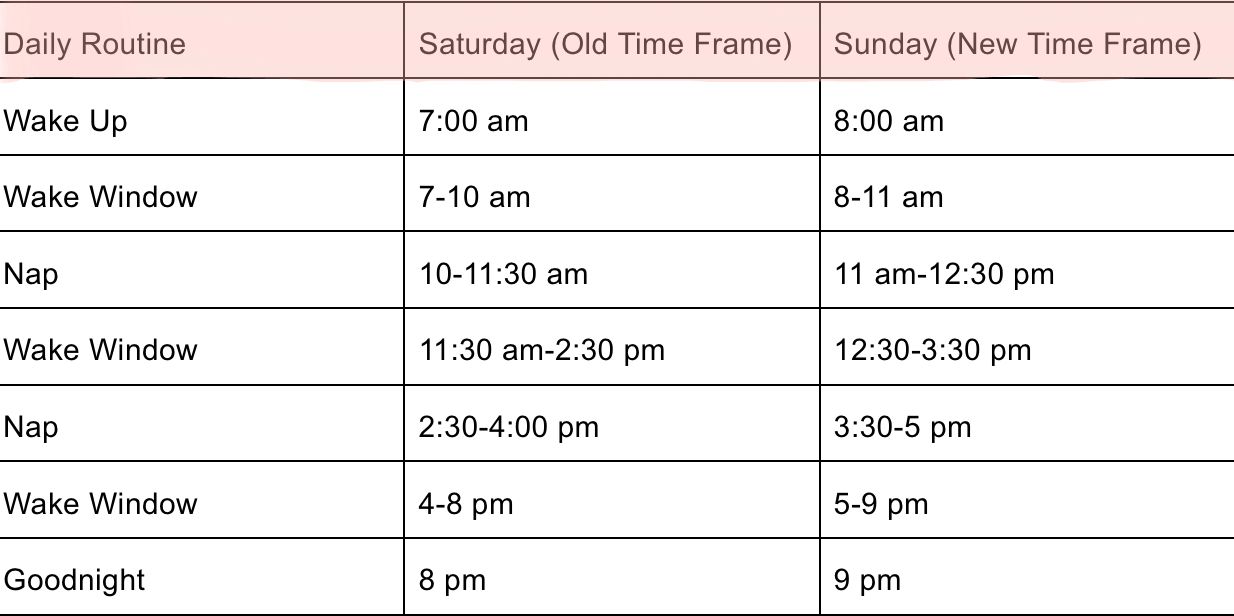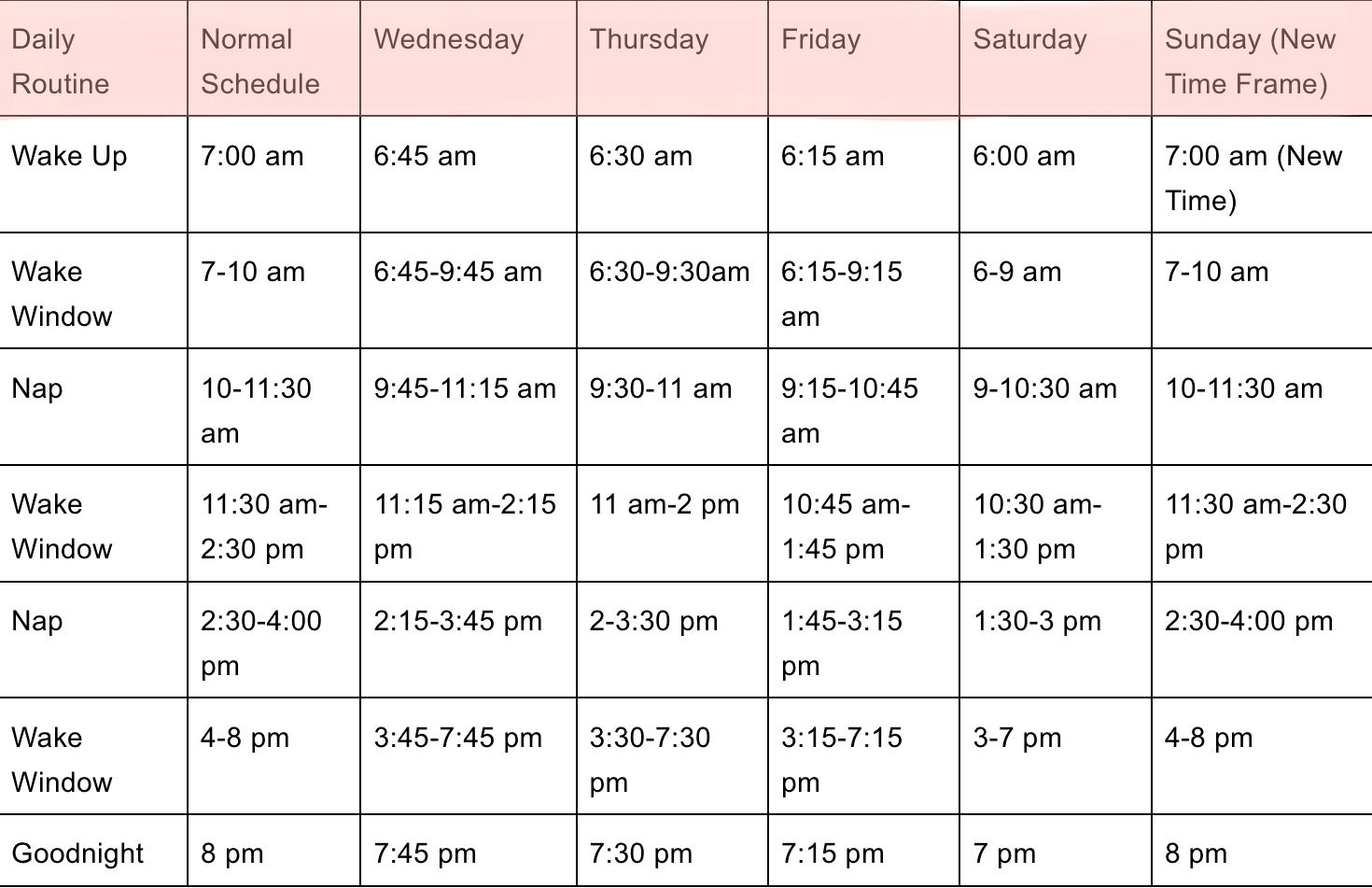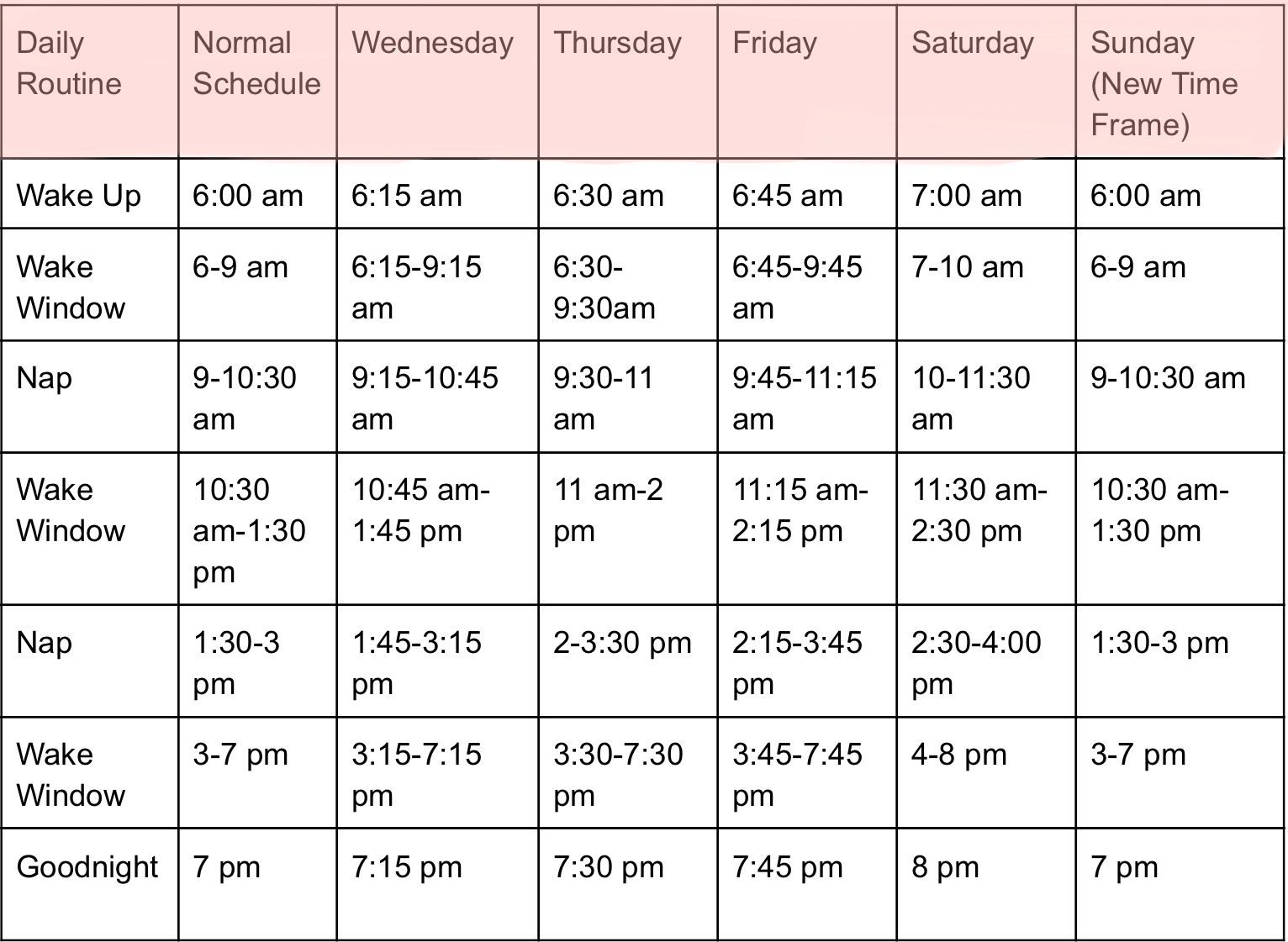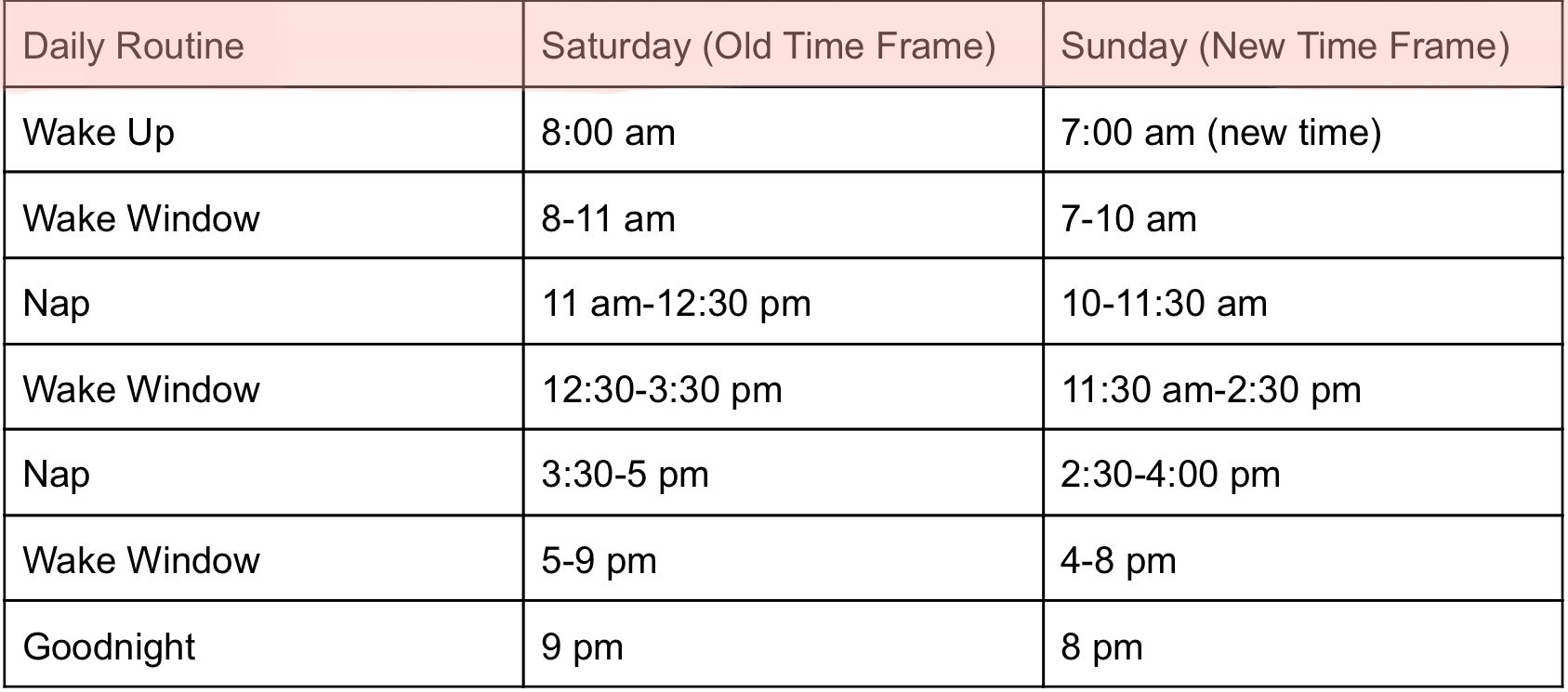
Spring Forward
Our Spring daylight savings time typically happens on the second Sunday of March. Time changes can be hard. It can be daunting especially with small children who are on a sleep schedule you’ve worked so hard to create. We want to help you Mindfully prepare for this as we welcome the Spring season!
There are a few different strategies to prepare for this transition. Read through to see which one resonates with you and your family. Some strategies work great for some and not others to just find the one that is right for you.
Here are some tips to survive the Spring Forward with little ones.
1. Just Wing It
On the night before the daylight savings time change, place your baby down at their normal bedtime. Then, wake them up at their scheduled wake up time the next morning. To them, it will feel like an hour earlier, so be patient as they adjust and maybe offer an additional or longer nap. It may take a few days to find your new routine.

FYI: This strategy might not work if your family has to wake up at a certain time for scheduling purposes. It also may make bedtime feel very late and you could see signs of overtiredness from your baby.
2. Prepare Gradually
This strategy takes place gradually over the week before the daylight savings time change. Each day of that week, plan to adjust your schedule by 10-15 minutes a day. Start the day by waking your baby 10-15 minutes early and then finish off the day by starting your bedtime routine 10-15 minutes earlier. As the week goes on you will be helping your baby gradually prepare for the upcoming Sunday morning.

FYI: This strategy may be hard for kids who are in daycare or you don’t have active control over their daily schedule down to the minute. For some parents, this strategy can feel more overwhelming than daylight savings time itself.
Take a look at your calendar to see which strategy you want to try for your family. Let us know which one works best for you! Remember to give yourself and your baby grace as you both adjust to the new time change. Your baby may be still trying to adjust their circadian rhythm. Remind yourself that you are their guide and comfort in this transition.

Fall Back
The Fall daylight savings time typically happens on the first Sunday of November. This time change is the usual favorite of the two, as it implies an extra hour of sleep. That doesn’t have to go out the window now that you are a parent. Our goal is to help you Mindfully prepare for this upcoming time change so that your family can transition easily.
There are a few different strategies to prepare for this transition. Read through to see which one resonates with you and your family. Some strategies work great for some and not others to just find the one that is right for you.
1. Gradually Prepare
This strategy is a great option if your baby is on a schedule that you can easily adjust throughout the day. Starting on the week before the time change, adjust your baby’s entire daily schedule by 10-15 minutes. That includes wake up, naps and bedtime. Try to prolong their wake up times from sleep and naps by keeping the sound machine on and stay in the darkened room until the adjusted time.

FYI: This strategy may be hard for kids who are in daycare or you don’t have active control over their daily schedule down to the minute. For some parents, this strategy can feel more overwhelming than daylight savings time itself.
2. Adjust During Weekend Prior
On the weekend prior to the time change (Friday-Sunday), extend your baby’s wake windows anywhere from 5-20 minutes in length.
Here are some tips:
- Towards the end of the wake window, go outside for a little bit. Exposing them to light can help lengthen the wake window.
- Include one more book in your nap/bedtime routine.
- Extend the bath a little longer than normal.
FYI: This strategy may work best for families who have more of a control over their weekend schedules. By extending each wake window, you could run into more signs of overtiredness so be aware of that.
3. Just Wing It
For some families, the easiest option is to continue their daily routine and allow the baby to naturally adjust to the time change. A ready to rise light might help! Be patient as they adjust and know that flexibility is needed to transition. It may take a few days to find your new routine.

FYI: This strategy may take the stress off of changing your entire daily routine to adjust to the time change. It may also be the best option when your baby is not on a consistent nap/sleep schedule.
Take a look at your calendar to see which strategy you want to try for your family. Let us know which one works best for you! Remember to give yourself and your baby grace as you both adjust to the new time change. Your baby may be still trying to adjust their circadian rhythm. Remind yourself that you are their guide and comfort in this transition.

Carly and her husband are high school sweethearts and love their growing family. They have 2 siberian huskies and a baby with plans for more in the future. Carly is passionate about encouraging women to have a positive and mindful birth experience after her joyous, unmedicated birth of her daughter. When she’s not a Birth Coach, she is a Flight Attendant. The family loves traveling, experiencing other cultures, hiking, music, cooking and volunteering in their community.


